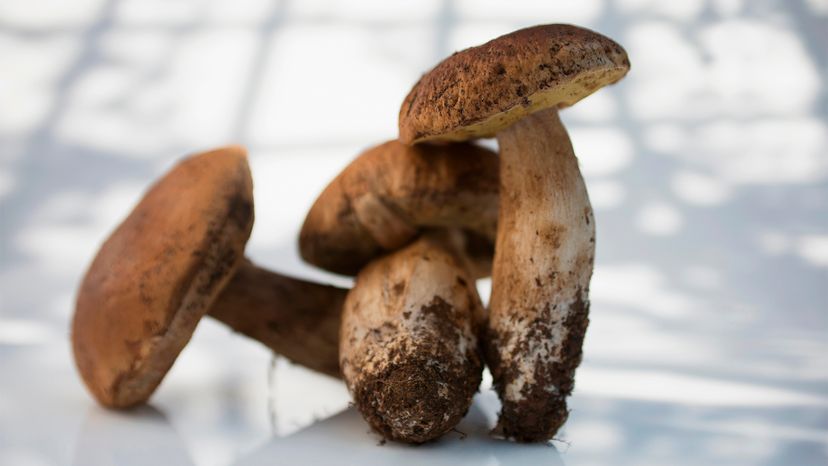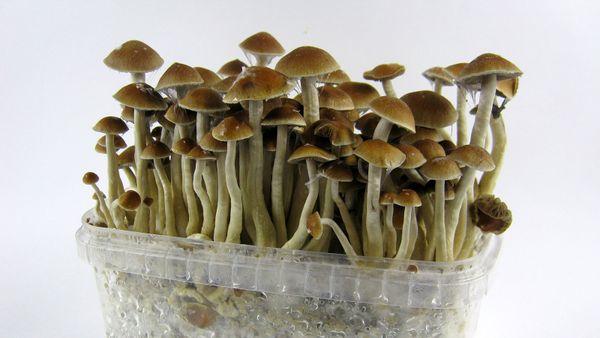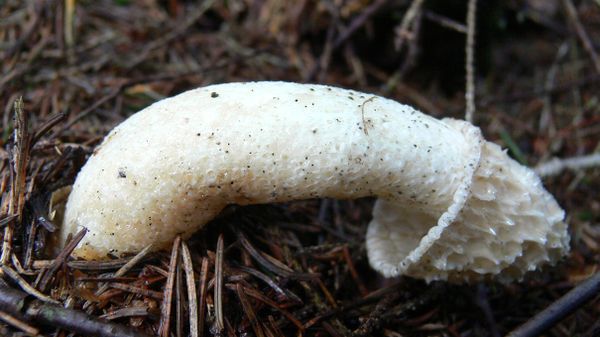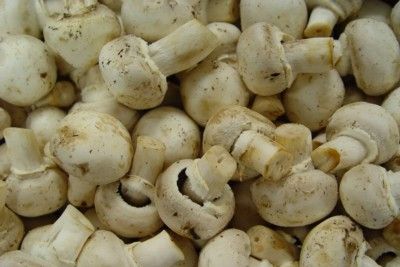
To wash or not to wash? It's the most classic of culinary conundrums. The question of whether to wash your veggies generally does not provoke deep outrage – except when it comes to mushrooms, which can trigger an epic food debate.
Whether or not one should wash mushrooms before cooking is so controversial that it's become the subject of numerous Reddit threads. Some mushroom purists maintain that rinsing mushrooms causes them to become waterlogged, thus ruining the texture and taste during cooking. But is that true in every instance? What about store-bought versus freshly-plucked mushrooms? And what the heck is a mushroom brush?
Advertisement
To clear the air once and for all, we spoke by email on the subject with three different mycologists, who have a range of experience when it comes to washing various fungi.
Holly Elmore, currently a Ph.D. candidate at Harvard University, works on ecological population genomics of Amanita phalloides, better known as the death cap mushroom. Elmore shares a tip via email for store-bought portobello mushrooms that may have debris on them: using a damp paper towel to gently wipe the mushroom clean of litter. But why not just toss the mushrooms for an old-fashioned rinse under the faucet?
"If you rinse them directly they can get bruised and rubbery on the outside. Also I find it's very hard to dry them before putting them into the dish, which sort of changes their texture and how they cook," says Elmore. "Again, this is based on my amateur cooking experience and not on my mycological knowledge."
Most grocery store mushrooms, including cremini, white button and portobello mushrooms are grown in heat treated compost in which most of the organisms have been killed, so the purchaser is not at much risk from any residue that might be left on the mushrooms after picking and packaging.
For some mushroom varieties like white buttons or cremini mushrooms purchased in the store, however, you can avoid washing by using a tool known as a mushroom brush, whose bristles efficiently remove grit from the fungi.
Advertisement


